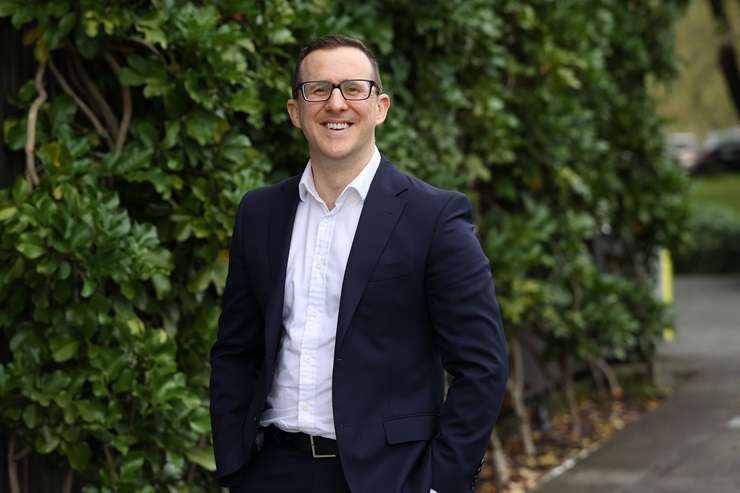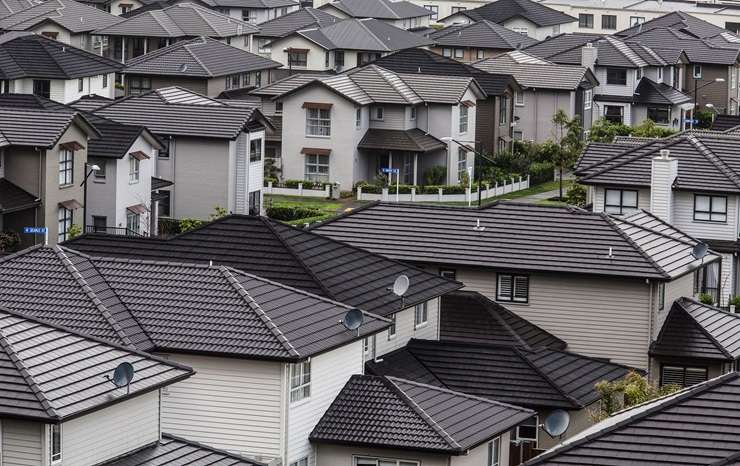Lock-up-and-leave homes and single-level dwellings will be the properties to watch in 2024, a leading market expert has told OneRoof.
Other hot property types include turn-key homes, with buyers worried about cost over-runs and completion dates increasingly turning their backs on off-the-plan developments and seeking already finished new-builds.
Bayleys head of insights Chris Farhi said the classics of the New Zealand housing market – brick-and-tile units and three-bedroom villas – would always be in demand but it was clear buyer requirements had changed.
He said the demand for lock-up-and-leave properties would largely be driven by foreign buyers who were likely to be spending much of their time overseas. “Modern lock-up-and-leave homes, with their low-maintenance designs, will be attractive for buyers who only need to use them occasionally,” Farhi told OneRoof.
Start your property search
Read more:
- How auctions rebounded from their worst months ever
- From ‘glorified cleaner’ on a super yacht to $10m-plus sales in Remuera
- Hero to zero? A year of fear for Auckland's cliff-top homes
High-end apartments were also likely to attract the attention of those who wish to mine the short-term rental market. “Apartments and buildings that can be turned into Airbnbs can provide owners with income if they are out of town,” Farhi said.
Driving demand for single-level properties would be the country’s growing aged population, said Farhi. “These buyers would be typically looking for apartments or single-storey houses. However, we are seeing more examples of multi-level homes with lifts, or designs that allow for single-level living on the ground floor with additional bedrooms for visitors above.”
Farhi said National’s plans to reinstate mortgage interest deductibility and to reduce the bright-line test from 10 years to two years would likely bring back investors and put upwards pressure on prices at the lower end of the market.

Bayleys head of insights Chris Farhi says lock-up-and-leave homes are the ones to watch. Photo / Fiona Goodall
“Kiwis have a long tradition of building wealth through property. Investors have for the past few years been in a holding pattern but I expect the reintroduction of interest deductibility will reignite interest. Surging migration and a tightening pipeline of new housing will also put some upwards pressure on rents and reduce the risk of vacancies,” he said.
Farhi said new-builds were unlikely to wane in popularity with first-home buyers and investors, but he expected buyers to focus on completed homes rather than those being sold off the plan. “Construction costs remain high, dealing with contractors can be a distraction, and buyers generally prefer more certainty around how much they’ll be borrowing given higher interest rates,” he said, adding that renovated homes would be in high demand for the same reasons.
University of Auckland architecture lecturer Bill McKay said buyers should prepare for denser living.
“Previous generations had what was called the forever house. You would buy a house in a suburb, raise your family there, and live there forever. Now a young couple will look for an apartment because it’s a more affordable way of getting on the property ladder. And empty-nesters are looking at apartments too,” he said.
“It used to be that dad would die, and then mum would live at home until she was 80. That’s all changing. You’re not seeing the demand for homes with giant backyards where kids can kick a ball around because kids don’t kick balls.”

Stonefields in Auckland. Urban density of the type seen in the suburb will accelerate over the next decade. Photo / Getty Images
McKay expects to see demand for both badly-built and well-built townhouses and apartments. “There is demand for [the less well-built] units because of price. They’re affordable. But there’s demand for five or six storey medium density apartments on main roads and bus routes built by developers like Ockham to a much higher standard. They’re proving popular with young and old.”
McKay agrees with Farhi on the fewer owner-occupiers are buying do-up homes for DIY renovations. “It’s pretty much limited to putting a flat pack together now. [People think] ‘I can sand the floors and I can probably paint the wall’, but skills and desire are just not there. Demand is likely to centre on already renovated properties.”
McKay expects to see more property investors doing quick flips. “Where they, say, pull the carpet out, replace it, maybe tart up the kitchen cupboards, [apply] a coat of paint all around, and put it back on the market.”
He notes the growing diversity of New Zealand communities and highlights the fact that these predictions are mostly about the white, middle-class demographic.
“There’s much more demand for different types of housing codes across our population. Especially in Auckland, where we're seeing more Pasifika families, more Asian families and more of a demand for intergenerational living.” Some groups like bigger back gardens to grow food from their home countries, he added.
“So at the same time that we’ve got smaller apartments, we’re going to be needing bigger houses, or sleepouts and that kind of thing.”
- Click here to find more properties for sale


















































































